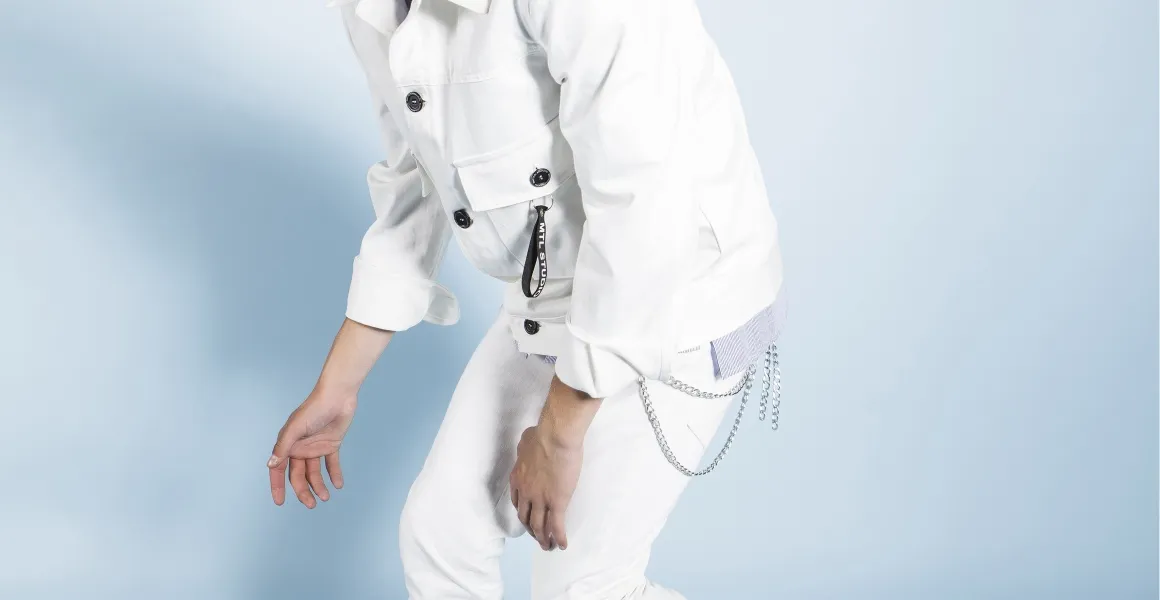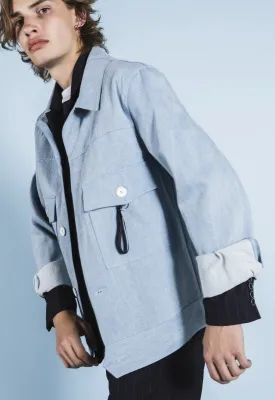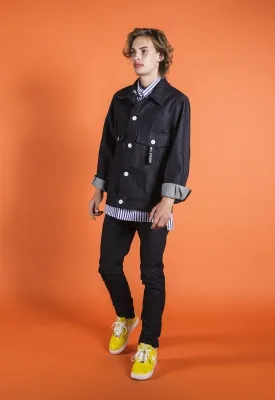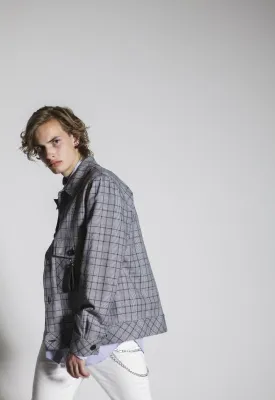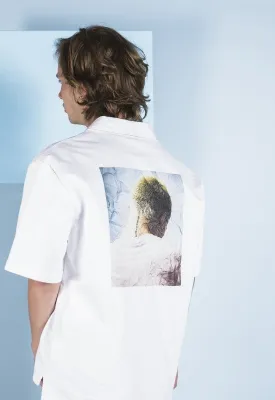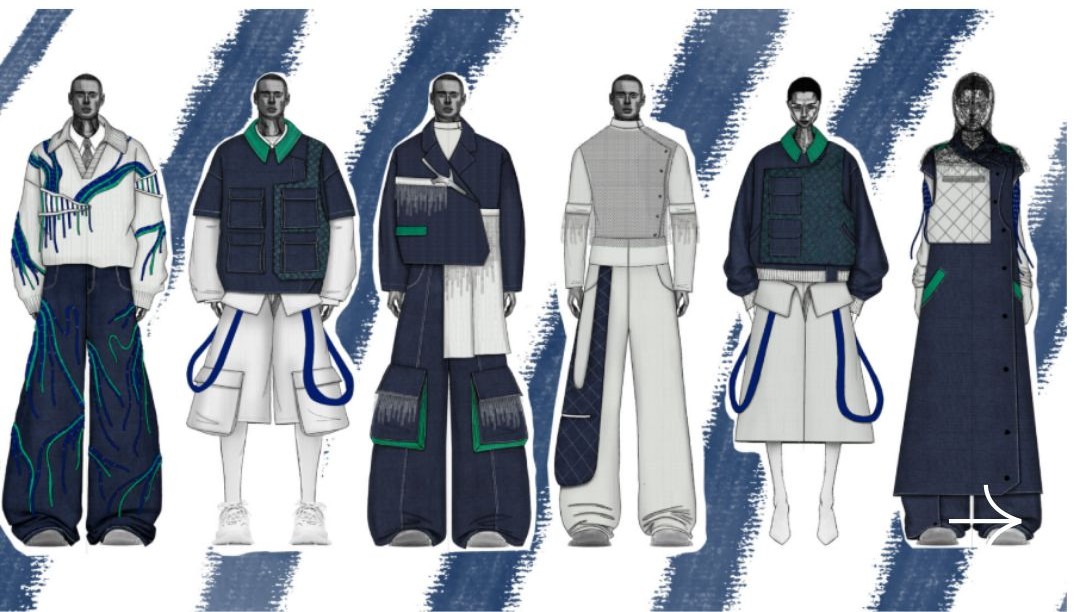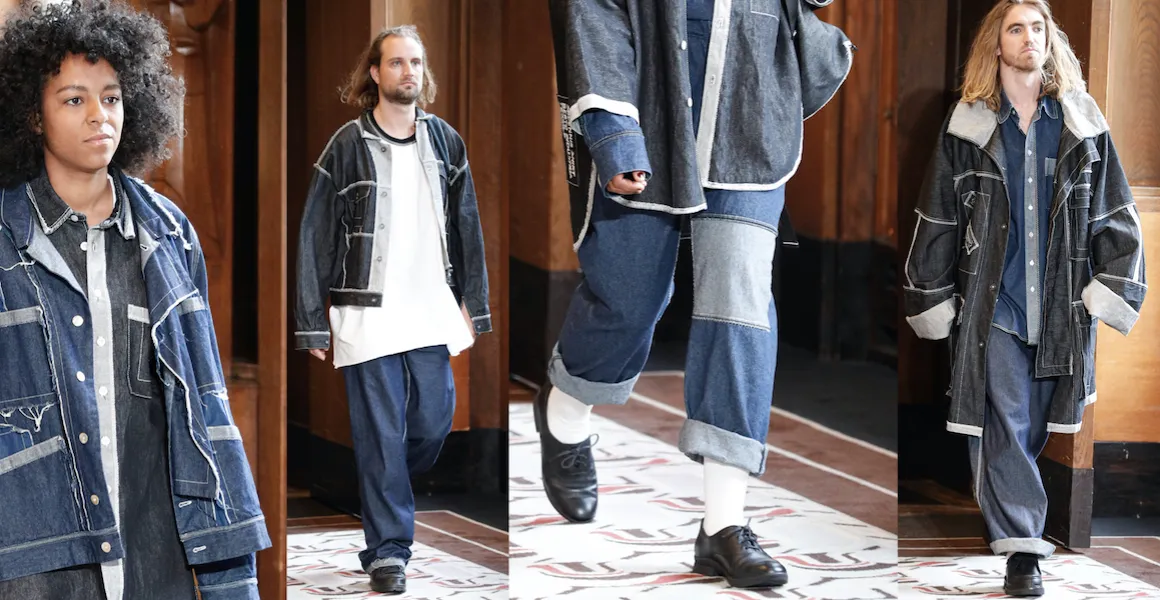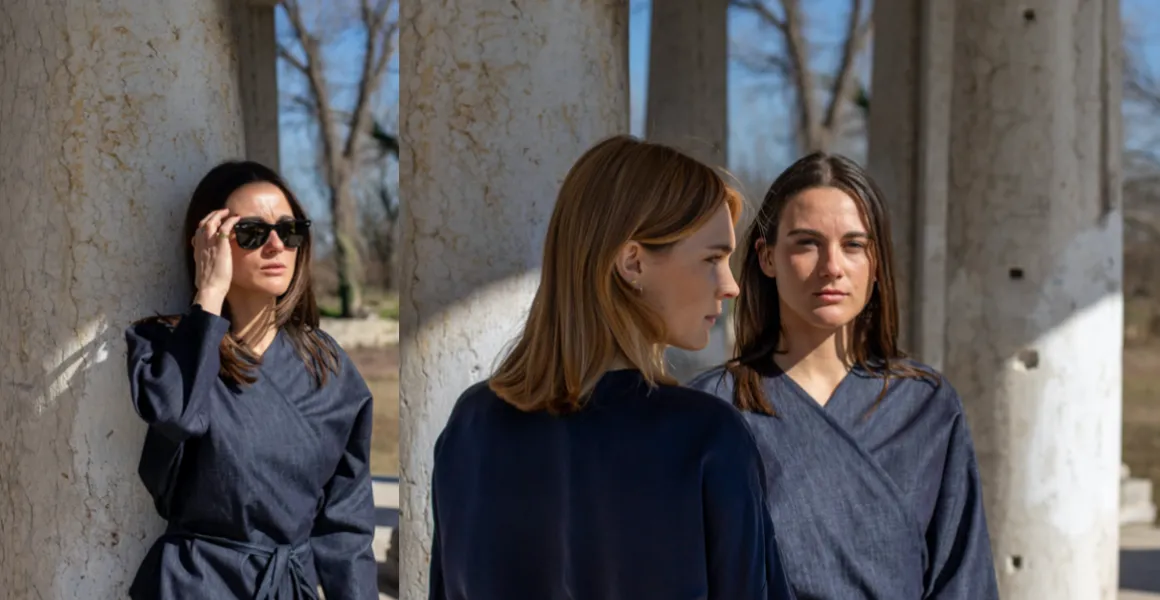What was your first project?
My first project was a capsule collection created as my final exam at Istituto Marangoni, with which, a year later, I managed to take part in and win the “Designer for Tomorrow” contest—an initiative led by Tommy Hilfiger in Berlin. The collection was inspired by the 1920s/30s, more precisely by the “Zoot Suit,” with a strong English influence visible in the fabrics used, namely mixes of various types of tartan.
The creative process: do you work instinctively or plan every single step? Where do your ideas come from?
The creative process, precisely because it is “creative,” does not always follow its own logic and often depends on chance. At the beginning you make a road map, but almost always you do not stick to it. My ideas so far have come from trips and experiences I have had in the past, as evidenced by the inspiration for my latest SS17 collection—Berlin (a city where I lived for a few months). When I travel, I let myself be intrigued by things that seemingly should not interest me, but it is often precisely these that lead to the right ideas and stimulate creativity.
What did you think when Berto first contacted you?
Being contacted by Berto gave me an additional creative boost, in the sense that until that moment I had never created denim pieces, so it could be an opportunity to seize and to experiment with new things from which you can always grow; therefore I find it extremely positive.
Which Berto fabrics did you use for your project and your collection?
For SS17 I used ART. NEVADA without dyeing it, thus keeping it white and washing it afterwards to achieve a slightly “worn” effect; ROCK-ME AIR, keeping its natural blue; and finally KTP CARBON to ensure the right level of comfort.
In your opinion, what is the most significant part of this project? What have you been able to achieve thanks to this program?
I think it is a very interesting project, both for professional and personal growth, and also an excellent starting point to reach the public at an attractive price; solid support in every respect.
“Less but better” can be read as an endorsement of a certain degree of purity in design, including fashion design. It can also be understood as an environmental message about reduction and sustainability. What do you think?
Well, why shouldn’t it be! Talking about sustainability nowadays is very important, and it would be a good thing for brands to enter this sphere, given that not everyone embraces this view; personally, I think it is an excellent way to look to the future.
Is there something you would like to do that you have not done yet?
Let’s say that, in my own small way, I am satisfied with my path so far, but of course there are still many things I would like to do. I am someone who always tries to do more once I reach a goal, and until I reach it I “keep my blinders on,” so yes, there are several goals in the pipeline—but I cannot reveal them at the moment! 🙂
